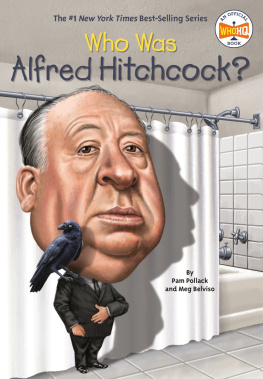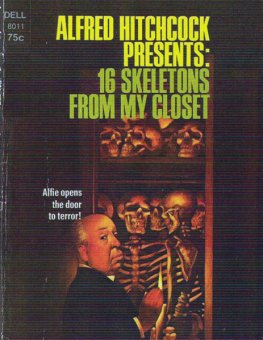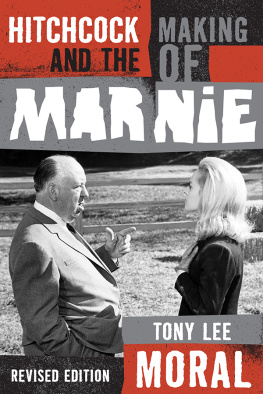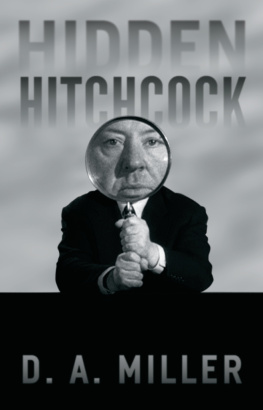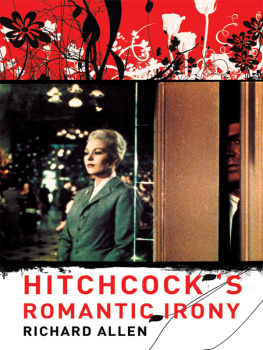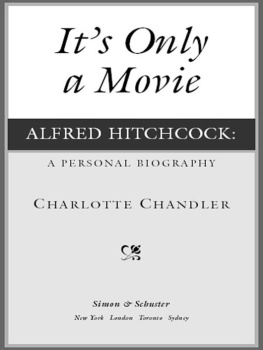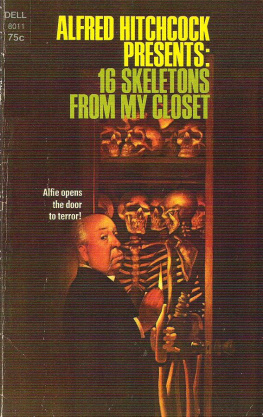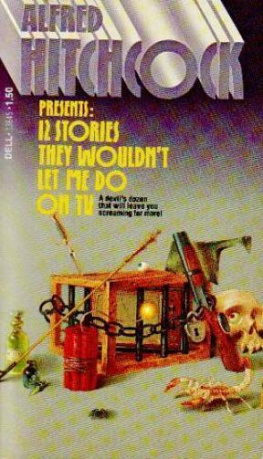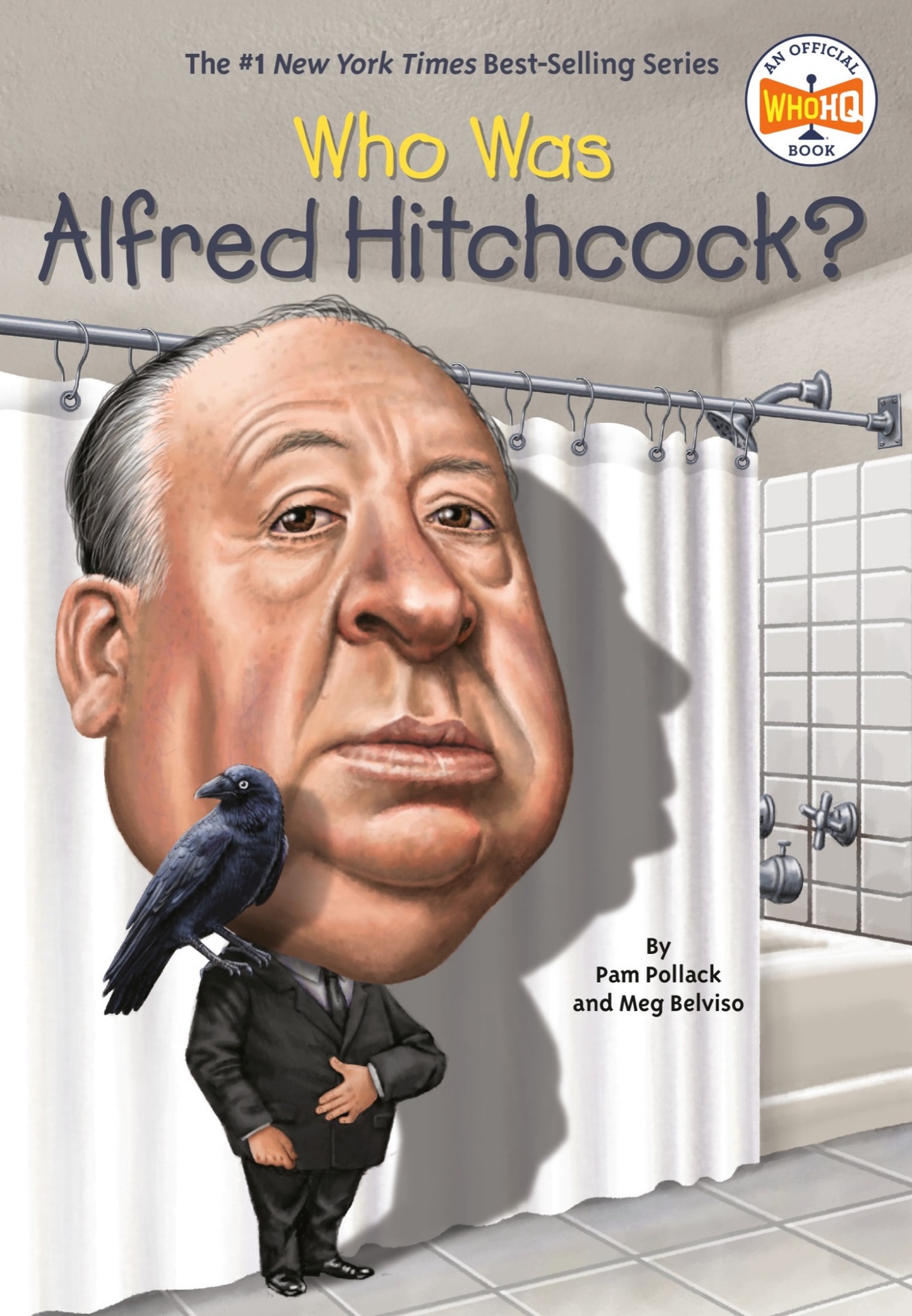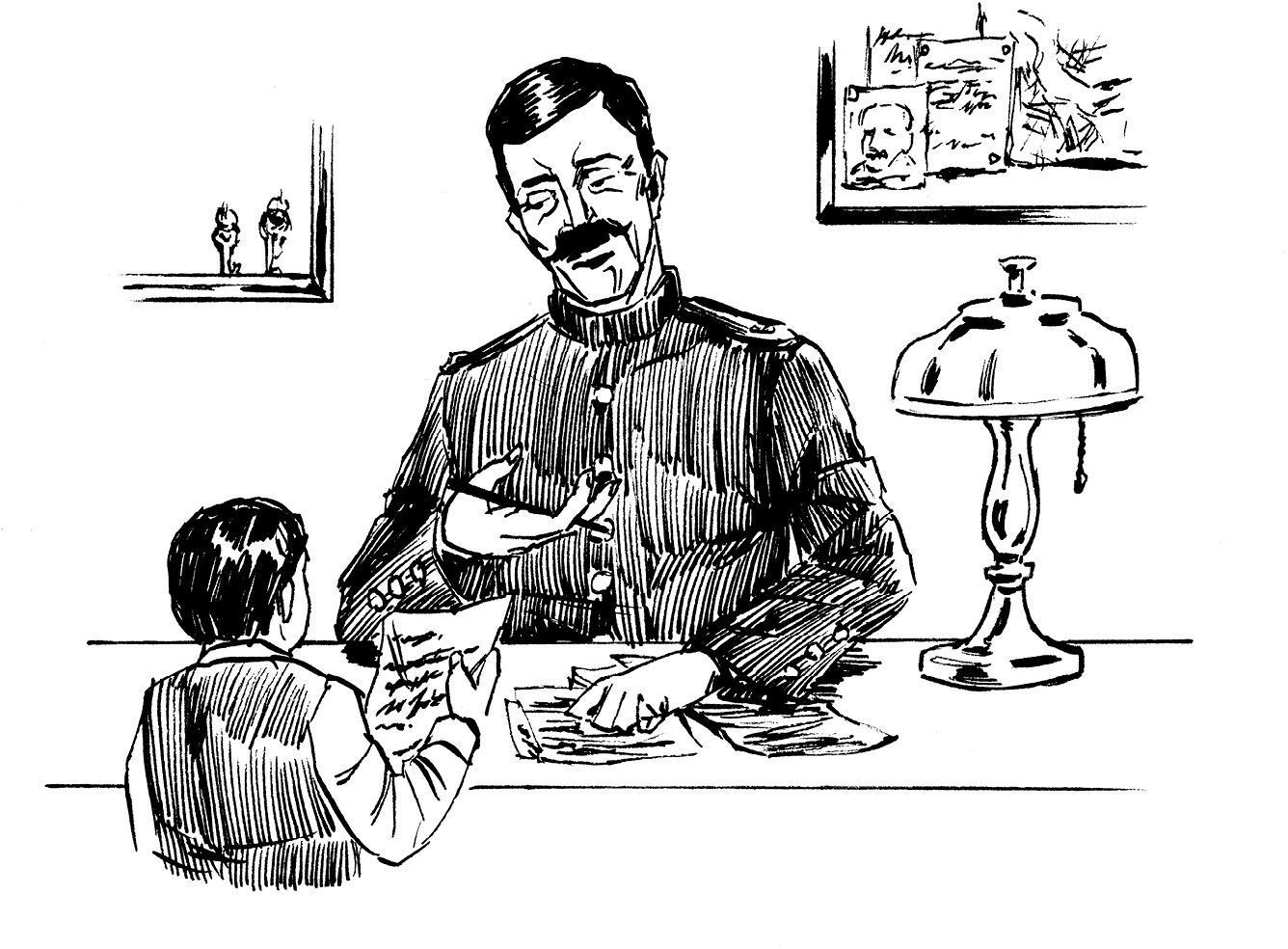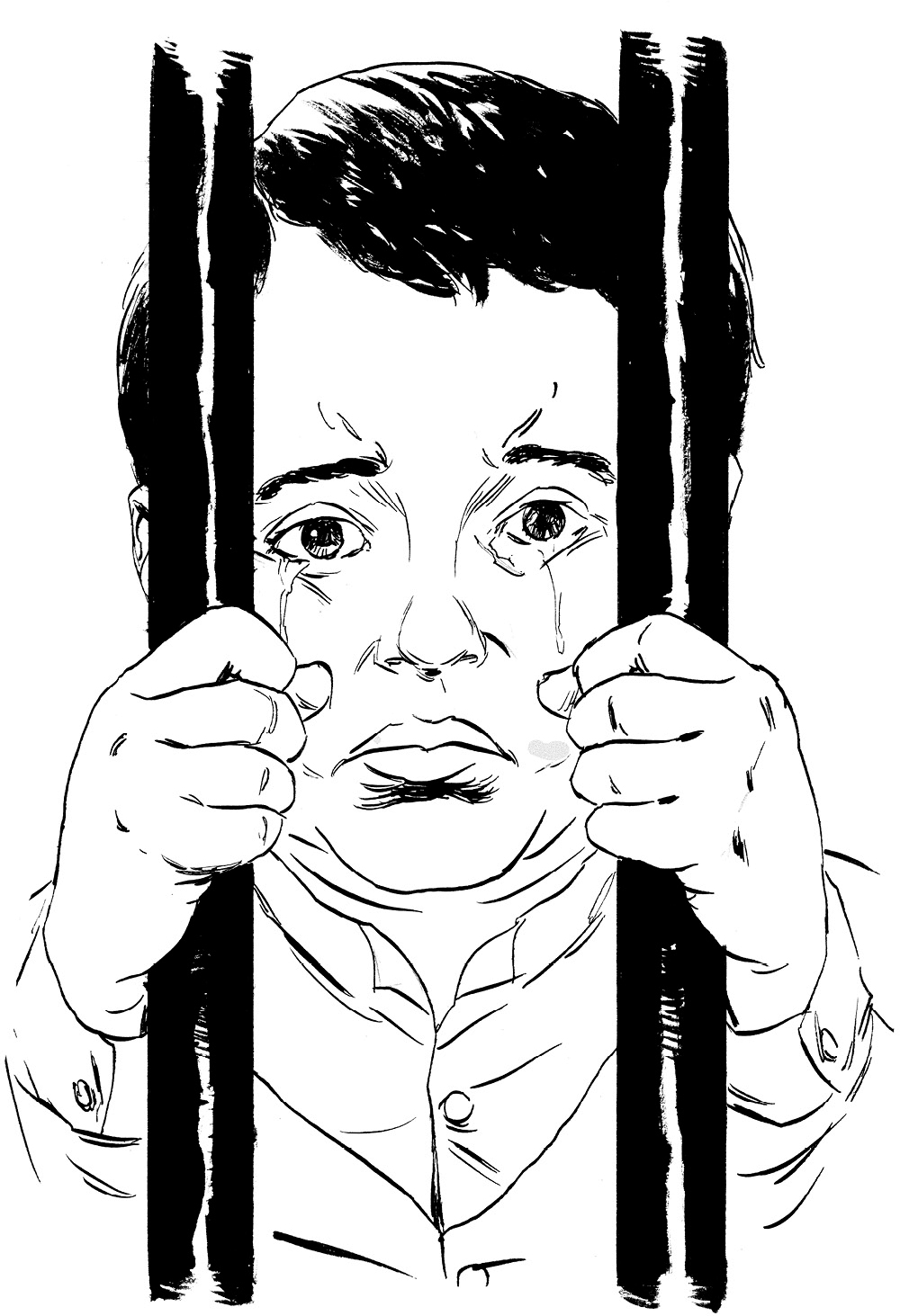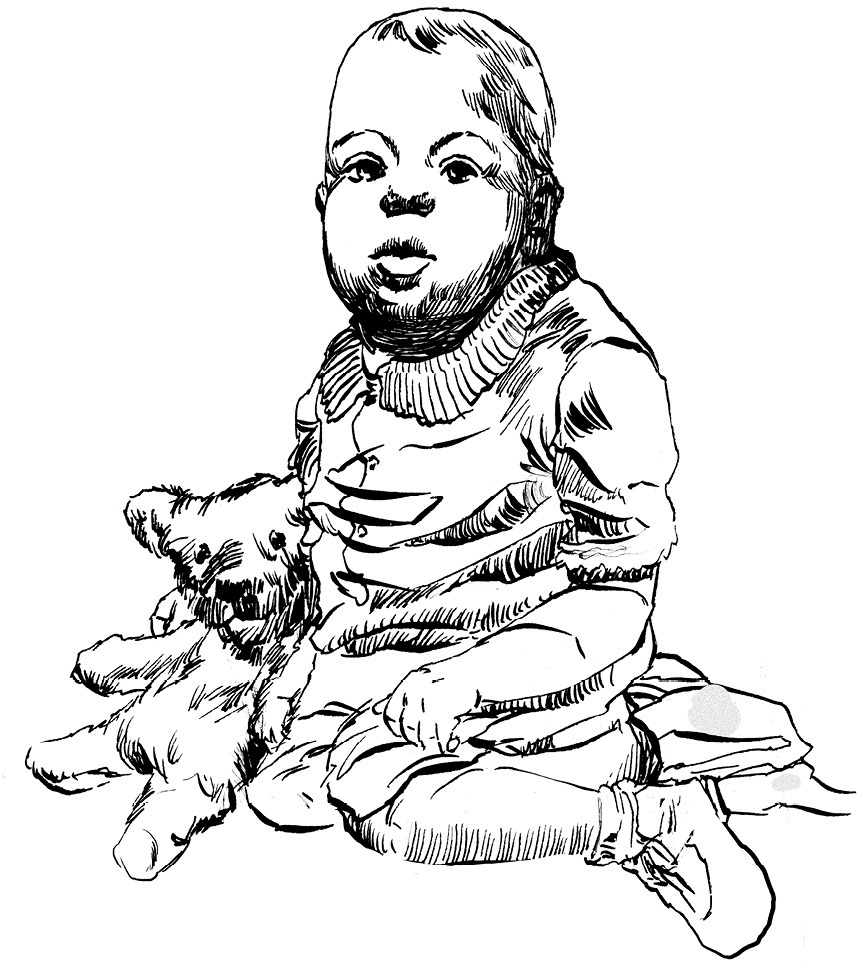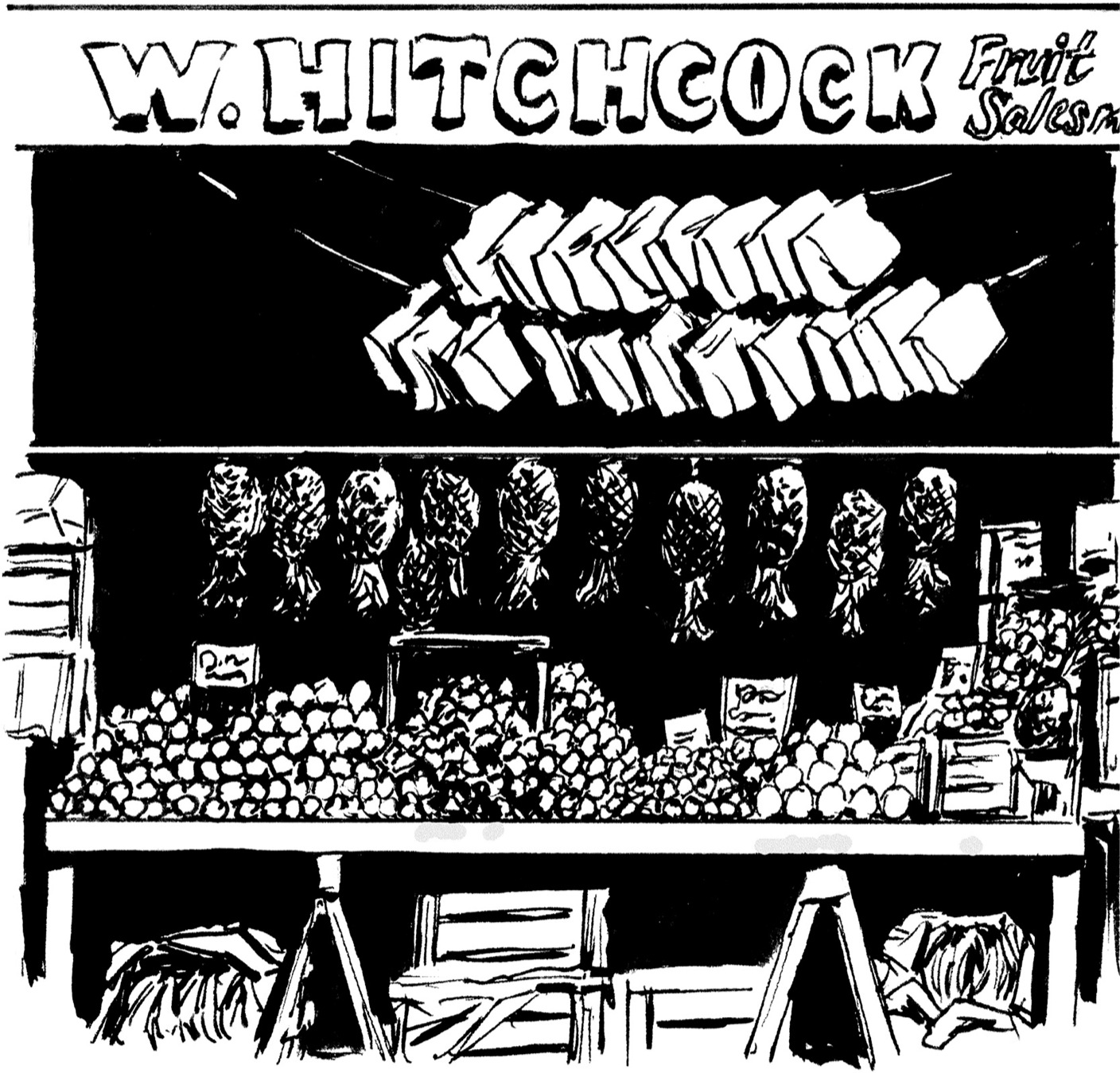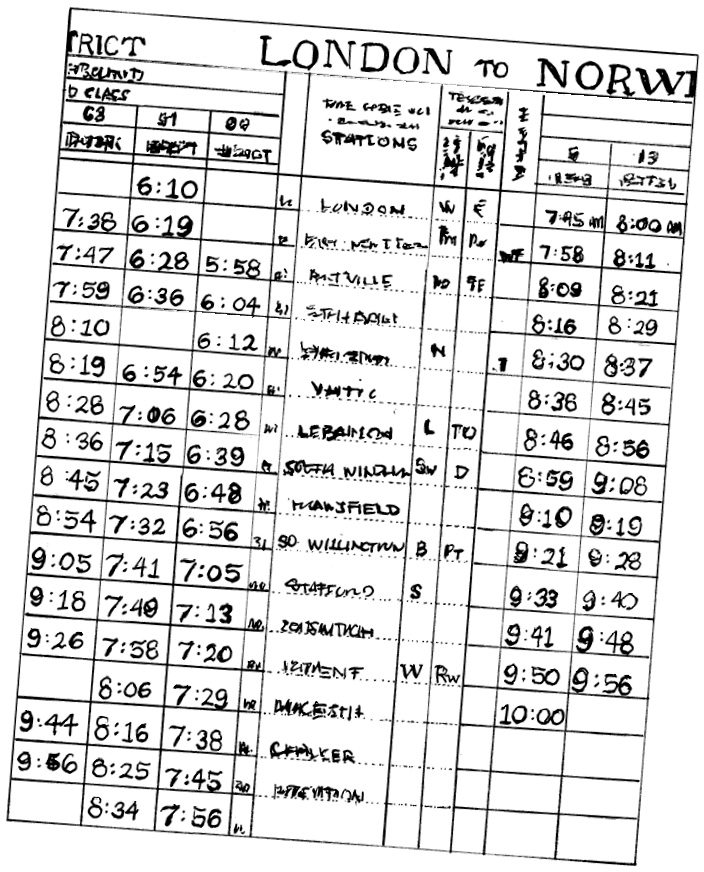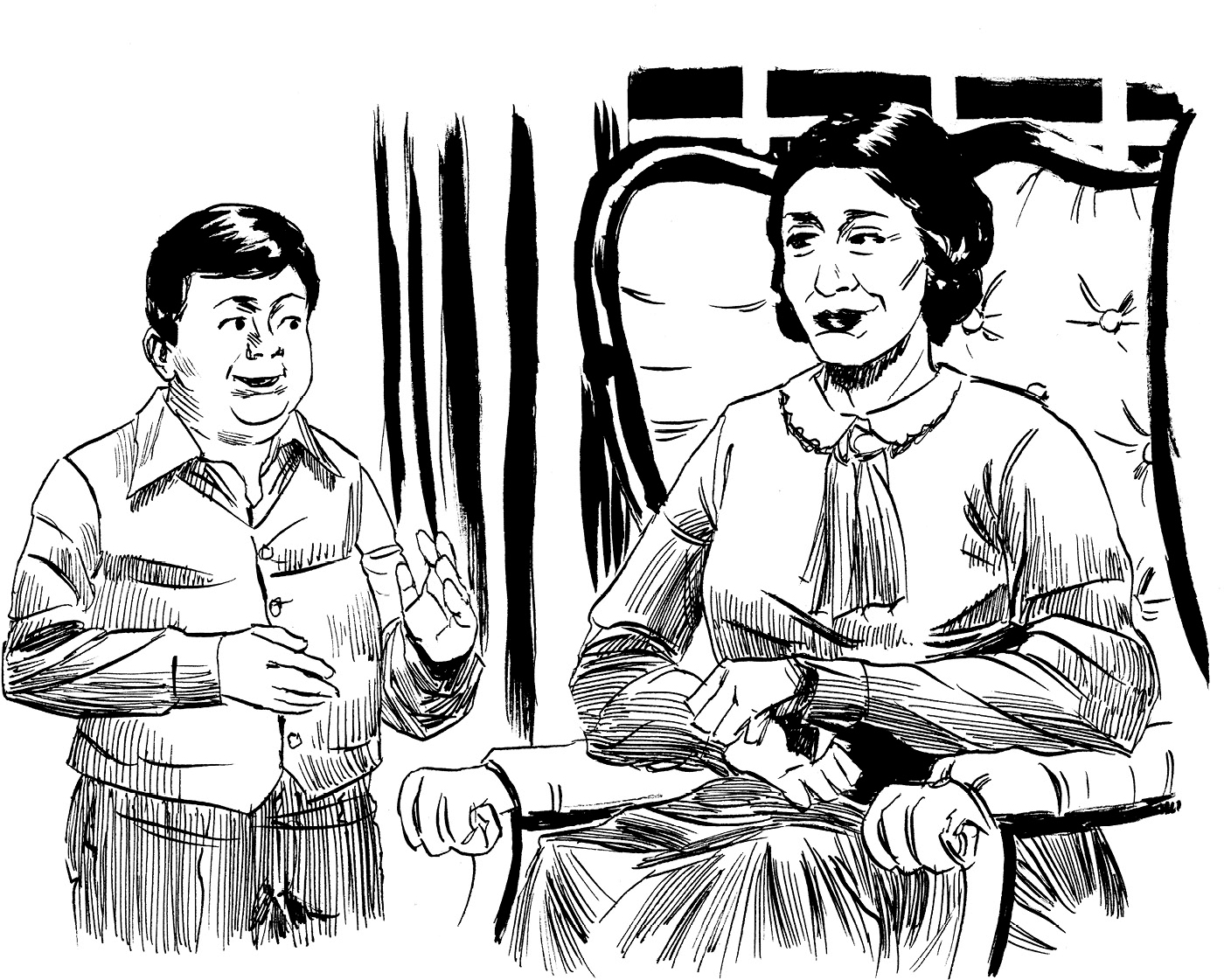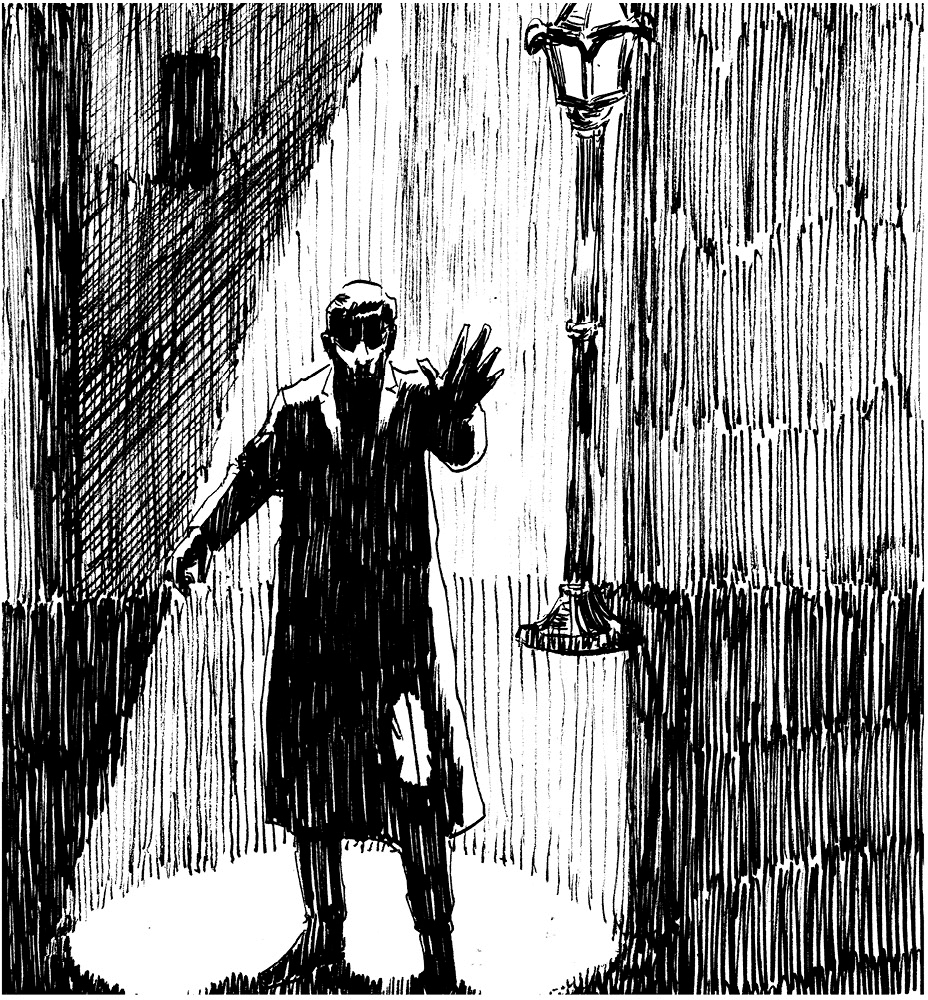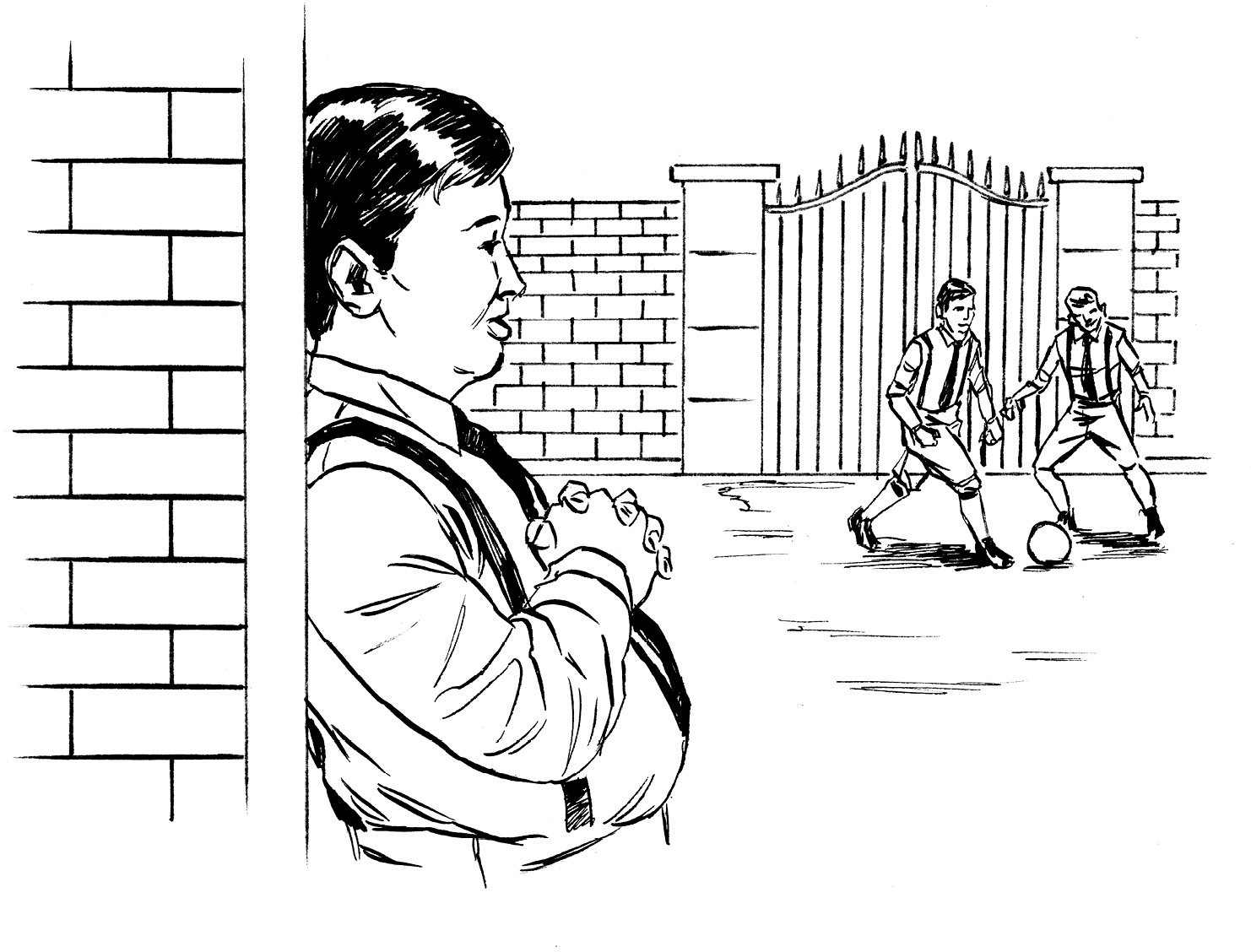For Peggy Thomson, Partner in CrimePP
To Irene Meltzer Richard, Mistress of Suspense
at Lincoln CenterMB
For Betty, Char, Adam, and MadsJM
PENGUIN WORKSHOP
An Imprint of Penguin Random House LLC, New York

Penguin supports copyright. Copyright fuels creativity, encourages diverse voices, promotes free speech, and creates a vibrant culture. Thank you for buying an authorized edition of this book and for complying with copyright laws by not reproducing, scanning, or distributing any part of it in any form without permission. You are supporting writers and allowing Penguin to continue to publish books for every reader.
The publisher does not have any control over and does not assume any responsibility for author or third-party websites or their content.
Text copyright 2014 by Pam Pollack and Meg Belviso.
Illustrations copyright 2014 by Penguin Random House LLC. All rights reserved. Published by Penguin Workshop, an imprint of Penguin Random House LLC, New York. PENGUIN and PENGUIN WORKSHOP are trademarks of Penguin Books Ltd. WHO HQ & Design is a registered trademark of Penguin Random House LLC.
Visit us online at www.penguinrandomhouse.com.
Library of Congress Control Number: 2014958187
ISBN 9780448482378 (paperback)
ISBN 9780698187368 (ebook)
Version_2
Contents
Who Was Alfred Hitchcock?
In the early 1900s, London, England, was a city full of crime. The officer on duty at the East End police station never knew who was going to come through the door. But one night when the door opened, he was quite surprised by what he saw.
It was a little boy, five or six years old. He was chubby and quiet and alone. His name was Alfred Hitchcock. With wide eyes, he approached the policeman and handed him a note. In later years Alfred Hitchcock could not remember why he had been sent to the police station. He only knew that he had done something wrong at home. Perhaps he tracked mud through the house or didnt do his chores. Whatever it was, Alfreds father thought he needed to be taught a lesson about what happened when Alfred didnt behave.
So he wrote a note and sent Alfred to the local police station. He told him to give the note to the officer on duty.
Alfred watched, terrified, as the policeman read his fathers note. Then the man took Alfred by the hand and led him into the station. For the first time in his life Alfred saw a jail cell. It had a big lock and iron bars. The policeman put Alfred in the cell and shut the door. He turned the lock with a big metal key.
Alfred gripped the bars with his tiny hands and pressed his round face against them.
The policeman looked down at him. This is what we do to naughty boys, he said solemnly.
Then he walked away. The seconds ticked by. Alfreds heart was pounding. Would the man ever come back? Would Alfred be in jail forever? Would he live on bread and water? Would anyone come and save him?
Just when Alfred was sure he would never see his mother again, the policeman returned. The child had only been in the jail cell for about five minutes. But it seemed like forever. The policeman opened the door and let Alfred out. He said he hoped the young boy had learned his lesson.
Alfred certainly had!
He would spend the rest of his life scaring movie audiences all over the world. When asked where he got his inspiration for such thrilling, scary stories, he always mentioned his time in jail.
Was the story made up, or was it true? No one can say for sure. Alfred Hitchcock claimed it really happened. But Alfred Hitchcock was a master storyteller.
Chapter 1
Call Me Hitch
Alfred Hitchcock was born on August 13, 1899. His brother, William, and sister, Nellie, were nine and seven. Alfreds father, William, ran a grocery store and his mother, Emma, took good care of the children. The family lived above the grocery store. Life at 517 High Road was very orderly.
From an early age, Alfred liked to be alone. At family gatherings he stood off in a corner watching everyone else. Although there were other children who lived on his street, Alfred always played by himself or watched the other children play. For him this was more fun than being with other people. By the time he was eight, Alfred had ridden all the tramlines in London. He had taken the river steamers all the way to the mouth of the Thames River! He loved to ride streetcars and big ships and kept charts of all their routes. He also memorized train timetablesthe hours of all the arrivals and departures. To Alfred, keeping track of the schedules was as exciting as reading stories.
Every evening Alfreds mother called him to her room and asked him questions about his day. He confided in her about everything he had seen and heard.
At the time, movie theaters did not exist. But the Hitchcock family loved to go to the theater to see plays performed onstage. Alfred not only enjoyed the stories and the characters but also the way the lighting could make the audience react. He remembered a show where the ghostly looking villain stood under a spooky green light. He was amazed at how a simple lighting trick made a character seem more frightening.
It sometimes seemed as if much of young Alfreds life was scary, too. One night he woke up and found the house empty. He went from room to room calling out for his parents. He didnt know it, but they had gone for a walk. His brother and sister werent at home. Alfred was completely alone, and he was scared. He wandered around the empty house. There was nothing but night all around him. Later, his parents came home and found him in the kitchen crying.
In 1910 Alfred started school at St. Ignatius College, a Catholic school for boys. Alfred still liked to spend time alone. Years later, a classmate of his remembered him as a plump schoolboy leaning against the wall, his hands folded across his round stomach, simply watching the other boys.

